278371 results
Benign Bigotry
- The Psychology of Subtle Prejudice
- Coming soon
-
- Expected online publication date:
- January 2025
- Print publication:
- 31 January 2025
-
- Book
- Export citation
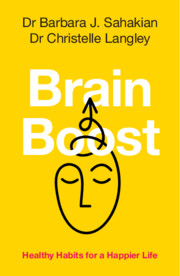
Brain Boost
- Healthy Habits for a Happier Life
- Coming soon
-
- Expected online publication date:
- January 2025
- Print publication:
- 31 January 2025
-
- Book
- Export citation
Category and Measure
- Infinite Combinatorics, Topology and Groups
- Coming soon
-
- Expected online publication date:
- December 2024
- Print publication:
- 31 January 2025
-
- Book
- Export citation
Dynamic Programming
- Finite States
- Coming soon
-
- Expected online publication date:
- December 2024
- Print publication:
- 31 December 2024
-
- Book
- Export citation
Verification, Validation, and Uncertainty Quantification in Scientific Computing
- Coming soon
-
- Expected online publication date:
- December 2024
- Print publication:
- 01 November 2025
-
- Book
- Export citation
The Power of Brand Ownership
- Marketing in the Cultural Landscape
- Coming soon
-
- Expected online publication date:
- December 2024
- Print publication:
- 31 December 2024
-
- Book
- Export citation
Essentials of Social and Emotional Intelligences
- Coming soon
-
- Expected online publication date:
- November 2024
- Print publication:
- 30 November 2024
-
- Book
- Export citation
The Phonology and Morphology of Australian Languages
- Coming soon
-
- Expected online publication date:
- November 2024
- Print publication:
- 30 November 2024
-
- Book
- Export citation

Commentary on Thomas Aquinas's Treatise on the One God
- Coming soon
-
- Expected online publication date:
- October 2024
- Print publication:
- 31 October 2024
-
- Book
- Export citation
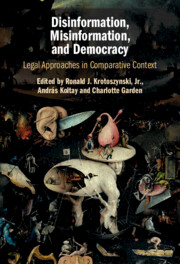
Disinformation, Misinformation, and Democracy
- Legal Approaches in Comparative Context
- Coming soon
-
- Expected online publication date:
- October 2024
- Print publication:
- 31 October 2024
-
- Book
- Export citation

The Anger Rule
- Racial Inequality and Constraints on Black Politicians
- Coming soon
-
- Expected online publication date:
- October 2024
- Print publication:
- 31 October 2024
-
- Book
- Export citation
Law, Ethics, and the Visual Arts
- Coming soon
-
- Expected online publication date:
- September 2024
- Print publication:
- 30 September 2024
-
- Book
- Export citation
Jesus and the Genome
- The Intersection of Christology and Biology
- Coming soon
-
- Expected online publication date:
- September 2024
- Print publication:
- 30 September 2024
-
- Book
- Export citation
We Choose You
- How Black Voters Decide Which Candidates to Support
- Coming soon
-
- Expected online publication date:
- September 2024
- Print publication:
- 30 September 2024
-
- Book
- Export citation
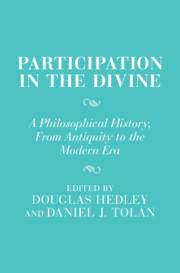
Participation in the Divine
- A Philosophical History, From Antiquity to the Modern Era
- Coming soon
-
- Expected online publication date:
- September 2024
- Print publication:
- 30 September 2024
-
- Book
- Export citation
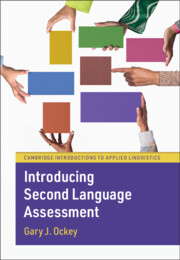
Introducing Second Language Assessment
- Coming soon
-
- Expected online publication date:
- September 2024
- Print publication:
- 30 September 2024
-
- Textbook
- Export citation
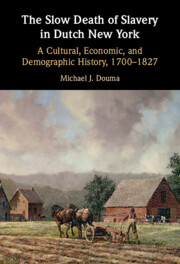
The Slow Death of Slavery in Dutch New York
- A Cultural, Economic, and Demographic History, 1700–1827
- Coming soon
-
- Expected online publication date:
- September 2024
- Print publication:
- 30 September 2024
-
- Book
- Export citation
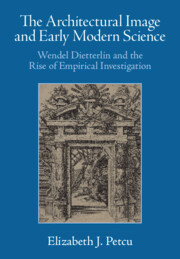
The Architectural Image and Early Modern Science
- Wendel Dietterlin and the Rise of Empirical Investigation
- Coming soon
-
- Expected online publication date:
- August 2024
- Print publication:
- 30 September 2024
-
- Book
- Export citation
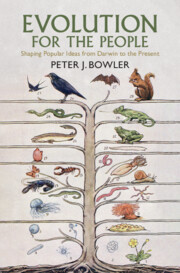
Evolution for the People
- Shaping Popular Ideas from Darwin to the Present
- Coming soon
-
- Expected online publication date:
- August 2024
- Print publication:
- 31 August 2024
-
- Book
- Export citation
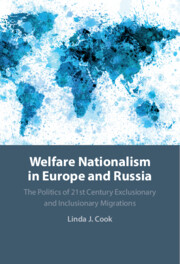
Welfare Nationalism in Europe and Russia
- The Politics of 21st Century Exclusionary and Inclusionary Migrations
- Coming soon
-
- Expected online publication date:
- August 2024
- Print publication:
- 31 August 2024
-
- Book
- Export citation



